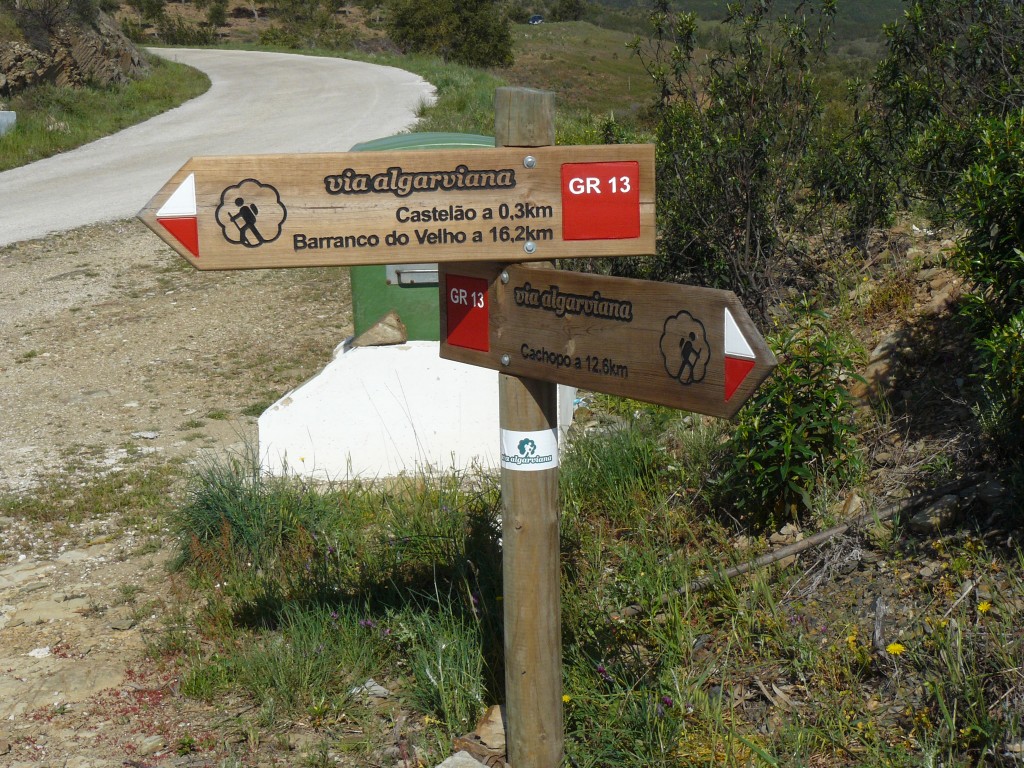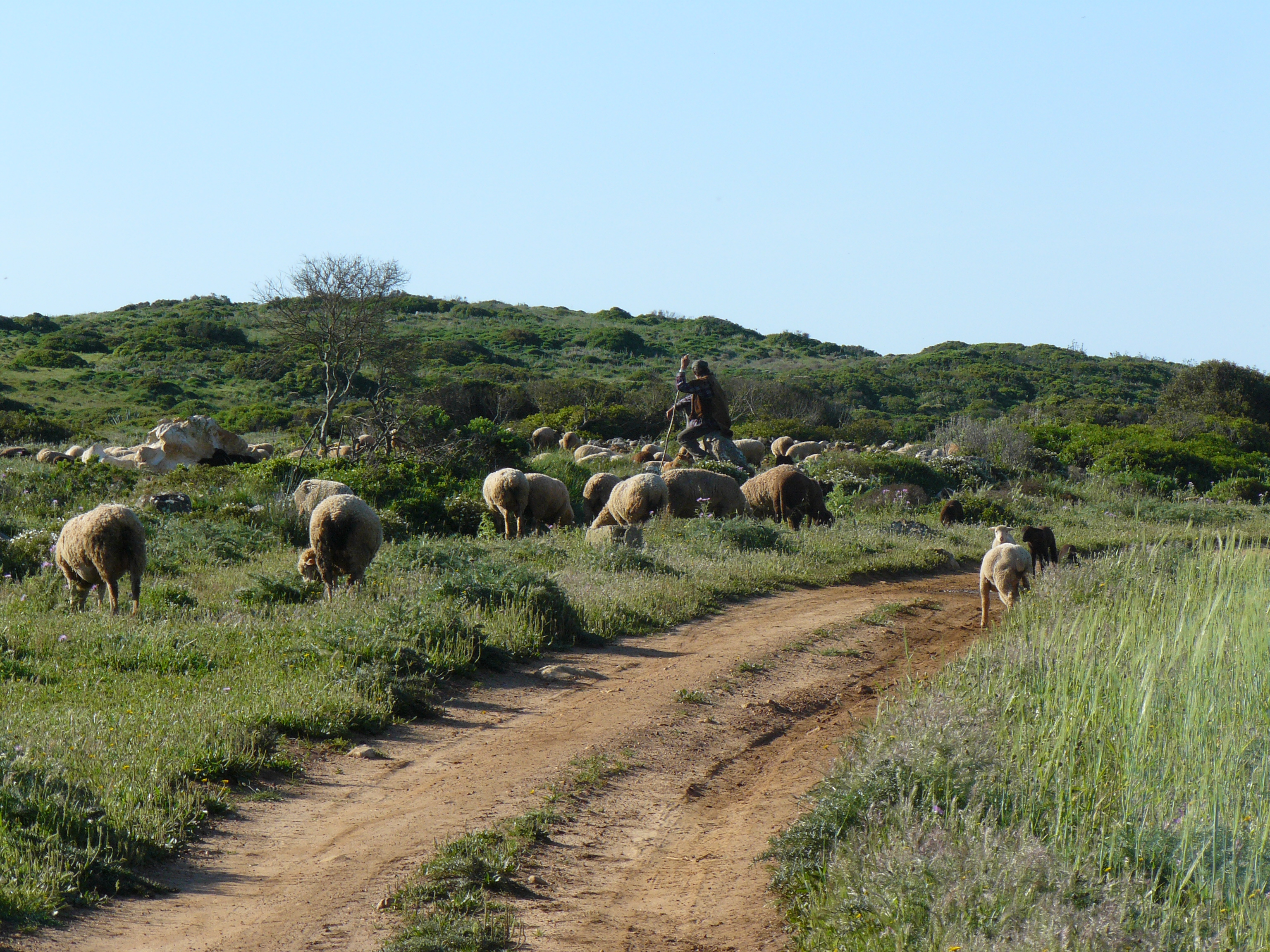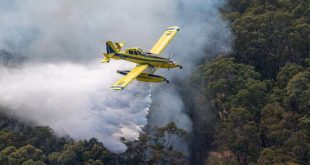There is no doubt that Portugal’s future strength lies in its geography and its climatic conditions. The generation of electricity from the sun, wind and water makes the country independent. Up to 2030, the country experiences a surge in private investment. This enables Portugal to modernise its public infrastructure in a sustainable way. The doyen of urban planning, the Marquês de Pombal, is impressed.
The Renaissance of the Via Algarviana.

There had been a referendum about taxes imposed by the state. It emerged from this that the new Portugal could only be reformed from the bottom up. Three key values are written into the constitution: trust, clarity and transparency on all levels. People are guided by the Swiss model of trust: every tax payment becomes voluntary. However, all expenditure by the state must be itemised in a transparent manner, and be objectively justified. Priority is given to sustainable investment in education, health, nature and mobility. Trains and buses have become the main means of transport. What was unimaginable a few years ago has become reality: most people now use public transport. Free. People become more prosperous.
2030. Fewer and fewer people are interested in old-style tourism. The consumerist mind-set gives way to active participation in nature and culture during holidays. Ecological considerations are the basis for all decisions. Sustainable hiking tours are much sought after.
In the south of the country, private guesthouses run by farmers and host families spring up in the Caldeirão and Monchique uplands along the Via Algarviana, along with communal mountain huts which are open to all hikers. Picnic sites and campsites are set up and managed by the local authorities. The little restaurants along the trail are VAT-exempt. The old São Vicente pilgrims’ footpath has been rediscovered by its people. It attracts many nature-lovers, but also religious pilgrims.
A new footpath starts in Mértola, leading to Alcoutim and from there to the southwest cape. Not only hiking, but also mountain-biking and horse- and donkey-riding have become commonplace. The Loulé-based nature protection association Almargem starts taking care of the trail, creates rest-areas with recycling containers and accurate, sustainable waymarking using granite stones. With a large group of young volunteers, Almargem starts work on reforesting burnt-out woods with indigenous species. Cork oaks, carob trees and a host of environmentally friendly fruit trees ensure that there is sustainable growth. They have replaced the easily combustible eucalyptus and acacia forests. It’s all hard work, but private speculation in natural resources will henceforth be prosecuted as a criminal act, something that is anchored in the new Portuguese constitution.
The different stages of the trail are precisely described in a hiking guide, available at all tourist offices. A map is included. The footpath leads from Mértola via Pomarão to Alcoutim along the river Guadiana. From there, it continues to Furnazinhas and Vaqueiros via Balurcos de Baixo for those who want to make it into a week-long holiday. People who hike along the whole length of the trail follow the waymarking via Cachopo to Barranco do Velho, Salir, Alte and Silves as far as Monchique. The new footpath follows the historic pilgrims’ way straight across the hills via Marmelete, Bensafrim and Barão São João to Vila do Bispo und then down to the southwest cape. Traditional local dishes, prepared according to age-old recipes, are served in myriad little restaurants all year round. Farmers young and old once again cultivate their small fields and organise workshops in permaculture. The Via Algarviana becomes an experience which no nature-lover will ever forget.
Further information: www.viaalgarviana.org; www.almargem.org In the next edition of ECO123 on 21st June, you can read a report about the Rota do Pescador hiking trail along the west coast, the Costa Vicentina
 Eco123 Revista da Economia e Ecologia
Eco123 Revista da Economia e Ecologia


